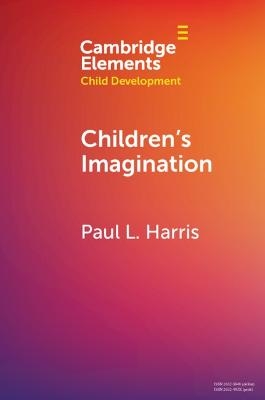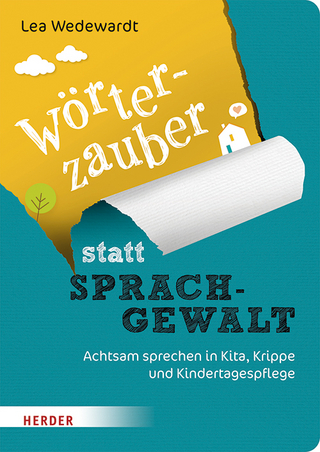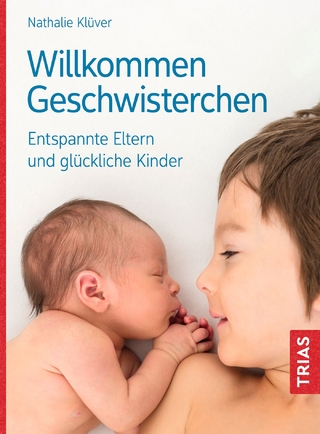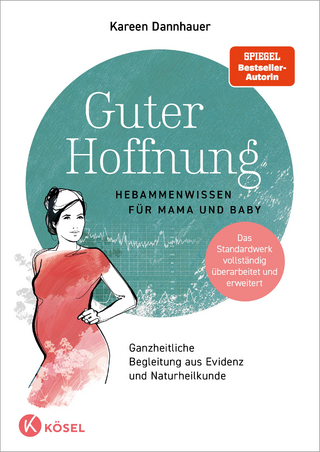
Children's Imagination
Seiten
2022
Cambridge University Press (Verlag)
978-1-009-06603-7 (ISBN)
Cambridge University Press (Verlag)
978-1-009-06603-7 (ISBN)
This Element explores Children's imagination and how their reality-guided imagination enables children to plan ahead and to engage in informative thought experiments. This Element discusses how children's imagination draws much inspiration from reality.
Children's imagination was traditionally seen as a wayward, desire-driven faculty that is eventually constrained by rationality. A more recent, Romantic view claims that young children's fertile imagination is increasingly dulled by schooling. Contrary to both perspectives, this Element argues that, paradoxically, children's imagination draws much inspiration from reality. Hence, when they engage in pretend play, envision the future, or conjure up counterfactual possibilities, children rarely generate fantastical possibilities. Their reality-guided imagination enables children to plan ahead and to engage in informative thought experiments. Nevertheless, when adults present children with less reality-based possibilities – via biblical narratives or the endorsement of special beings – children are receptive. Indeed, such imaginary possibilities can infuse their otherwise commonsensical appraisal of reality. Finally, like adults, young children enjoy being absorbed into a make-believe, fictional world but faced with real-world problems calling for creativity, they often need guidance, given their limited knowledge of prior solutions.
Children's imagination was traditionally seen as a wayward, desire-driven faculty that is eventually constrained by rationality. A more recent, Romantic view claims that young children's fertile imagination is increasingly dulled by schooling. Contrary to both perspectives, this Element argues that, paradoxically, children's imagination draws much inspiration from reality. Hence, when they engage in pretend play, envision the future, or conjure up counterfactual possibilities, children rarely generate fantastical possibilities. Their reality-guided imagination enables children to plan ahead and to engage in informative thought experiments. Nevertheless, when adults present children with less reality-based possibilities – via biblical narratives or the endorsement of special beings – children are receptive. Indeed, such imaginary possibilities can infuse their otherwise commonsensical appraisal of reality. Finally, like adults, young children enjoy being absorbed into a make-believe, fictional world but faced with real-world problems calling for creativity, they often need guidance, given their limited knowledge of prior solutions.
1. The nature of the imagination; 2. Pretend play; 3. Role play; 4. Thinking about possibilities; 5. Thinking about what could have happened instead; 6. Children's imagination infuses their interpretation of reality; 7. Absorption in an imaginary world; 8. Creativity in young children; 9. Overview; References.
| Erscheinungsdatum | 10.08.2022 |
|---|---|
| Reihe/Serie | Elements in Child Development |
| Zusatzinfo | Worked examples or Exercises |
| Verlagsort | Cambridge |
| Sprache | englisch |
| Maße | 152 x 230 mm |
| Gewicht | 120 g |
| Themenwelt | Sachbuch/Ratgeber ► Gesundheit / Leben / Psychologie ► Schwangerschaft / Geburt |
| Geisteswissenschaften ► Psychologie ► Entwicklungspsychologie | |
| Sozialwissenschaften ► Soziologie | |
| ISBN-10 | 1-009-06603-X / 100906603X |
| ISBN-13 | 978-1-009-06603-7 / 9781009066037 |
| Zustand | Neuware |
| Haben Sie eine Frage zum Produkt? |
Mehr entdecken
aus dem Bereich
aus dem Bereich
Achtsam sprechen in Kita, Krippe und Kindertagespflege
Buch | Softcover (2022)
Verlag Herder
18,00 €
entspannte Eltern und glückliche Kinder
Buch | Softcover (2024)
Trias (Verlag)
17,99 €


